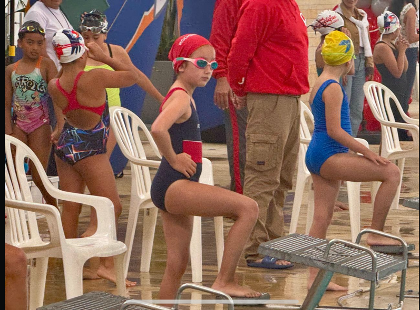Optimization Models and Rates of Change – Advanced Placement Calculus – 12th Grade
- Juan Camilo Cortés Arbelaez
- 21 feb 2022
- 2 Min. de lectura
As part of the Advanced Placement Calculus course directed by José Luis Zamora, we were introduced to optimization models and rates of change problems parting from the initial concept of derivatives. Within this process, we obtained the necessary knowledge to develop two different problems: one for optimization and one for rates of change. We, Gabriela Orjuela Dorado and Carlos Peña, created a virtual poster to present both models. Product of hard work and commitment, the first problem showcasing changes in position, speed/velocity, and acceleration through simple harmonic motion was addressed using the graphing tool Geogebra. The second problem, showcasing the perfect example of both related ratios and optimization, was addressed by de-constructing a 3D image and designing a live simulation. Together with other conclusions, we formulated equations that defined the behavior of the situations described and predicted possible changes in its variables. This project poses critical and advanced thinking, given that in order to work with the eText from the Pearson platform a detailed understanding of the natural world of both physics and calculus, was required. The most challenging part of this project’s process was combining all previously acquired knowledge. With perseverance, and more than three failed trials, we were finally able to design the best fitting mathematical models to solve the questions presented to us. Now, if you want to take a look at the virtual poster containing the different products and processes of this project, we invite you to access the following QR code. Sneak peak: what you can achieve using Geogebra.
Jose Luis Zamora High School Mathematics Teacher
Gabriela Orjuela Dorado and Carlos Peña Twelfth Grade AP Calculus Students
Resumen:En el curso de AP Cálculo de José Luis Zamora comenzamos el tema de modelos de optimización y razones relacionadas partiendo de lo que conocemos de derivadas. A partir de este proceso obtuvimos el conocimiento necesario para desarrollar dos problemas diferentes: uno de optimización y otro de razones relacionadas. Nosotros, Gabriela Orjuela Dorado y Carlos Peña, creamos un póster virtual para presentar ambos modelos. Producto de compromiso y un arduo trabajo, el primer problema que retrata cambios de posición, velocidad y aceleración a través de un movimiento armónico simple, se abordó utilizando la herramienta gráfica Geogebra. El segundo problema, que muestra el ejemplo perfecto tanto de razones relacionadas como de optimización, se abordó deconstruyendo una imagen 3D a su respectiva representación en 2D y diseñando una simulación. Junto con otras conclusiones, formulamos ecuaciones que definen el comportamiento de las situaciones descritas y predecían posibles cambios en sus variables. Este proyecto plantea un pensamiento crítico y avanzado, dado que el eText de la plataforma Pearson de donde se extrajeron los problemas requiere un entendimiento detallado del mundo natural; tanto de la física como del cálculo. La parte más desafiante del proceso de este proyecto fue combinar todo el conocimiento adquirido previamente. Con perseverancia y más de tres intentos fallidos, finalmente logramos diseñar los modelos matemáticos que mejor se ajustan a las preguntas que nos fueron asignadas.




Comments